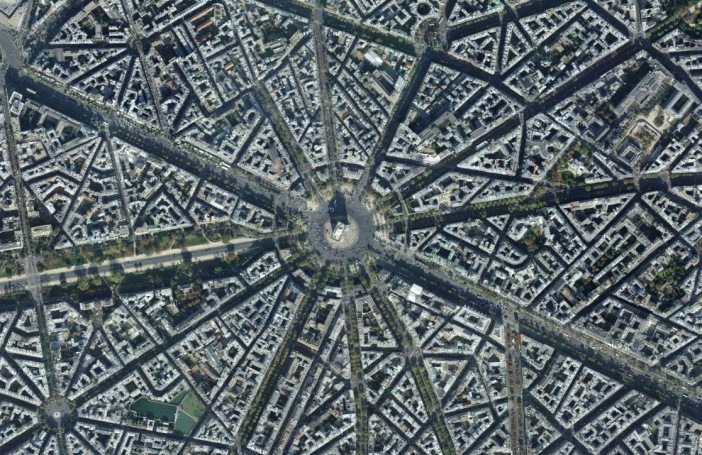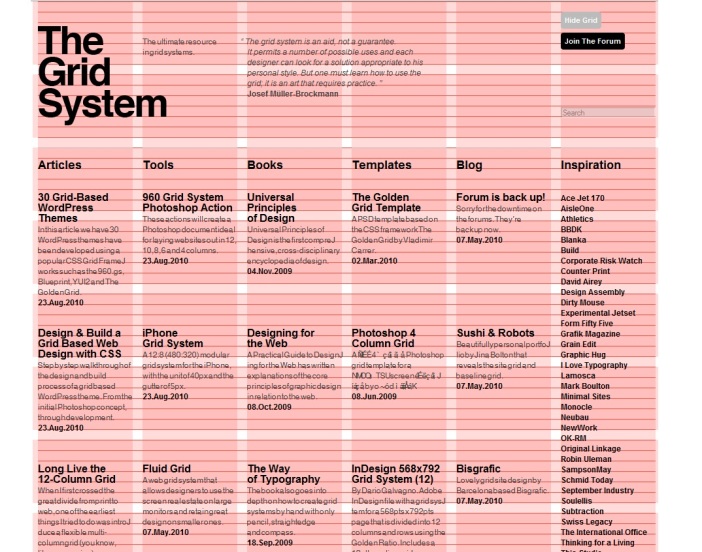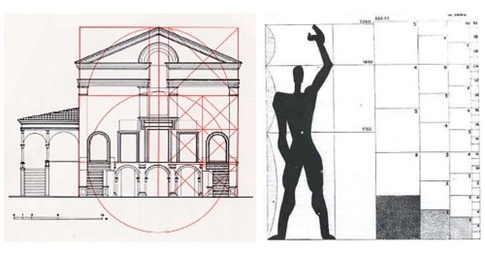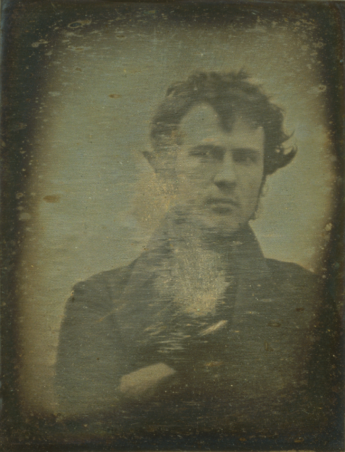
The published author Laura U. Marks describes the skin of the film as “a metaphor to emphasise the way film signifies through its materiality, through a contact between perceiver and object represented.” She states that “it also suggests the way vision itself can be tactile, as though one were touching a film with one’s eyes.” Furthermore, she concludes in her book ‘The Skin of the Film’ that “for intellectual artists it is most valuable to think of the skin of the film not as a screen, but as a membrane that brings its audience in contract with the material forms of memory.”
And I do not know if she would consider myself an intellectual artist but I do believe that the skin of the film is a metaphor of everything that surrounds the film with its particular and recognisable atmosphere. The skin of the film is its discernible visual appearance. Moreover, I agree with L.U. Marks that “the skin” is the most memorable aspect of a film, this one aspect that has a prolonged impact and persist in our memory even more than the story it explains. For instance, think of how easy is to identify a movie you have already watched by just a few frames rather than figure it out how it ended.
Now, in order to exemplify what is cinema as skin to me I would like to reference the Jonathan Glazer’s film ‘Under the Skin’ in which Scarlett Johansson performed the leading role of a strange creature that resembles an alien just landed on the Earth. One of the first scenes of this film based on the Michel Faber novel with the same title presents the alien entity introducing herself into the body of a laying young woman and putting it on as an entire-body suit of real skin.
The whole film conducts the audience inside that skin through this unique visual journey. The entity dedicates all its time to seek for lonely men to lure them to isolated properties and drag them to an underworld dimension where they are sort of fossilised to get later on consumed by her.
In her unquenchable search she uses her physical appearance to seduce them, therefore her outer aspect. This appealing skin, though, is embodied by a threatening creature. Thus, two opposite concepts meet in one same personification. This skin and body is what serves the director as an excuse to lead the spectators around diverse cities of the United Kingdom and to present its people, those bodies and skins of the inhabitants. Indeed, the director confirmed that, a part of Scarlett and very few others, the other people were not actors and in most cases did not even know they were filmed since he used secret cameras. He intended, by this mean, to catch the genuine reactions of the people and their truly personality.
The film uses the actual skin at the beginning to drag the audience into the metaphoric skin of the film. This metaphoric skin is a very delicate, cold, quiet yet disturbing atmosphere where something, regardless is apparent normality, is twisted. (SPOILER) At the end of the film, the skin begins to tear apart and peel and the body of the relinquishing creature is visible again. Likewise, this is the moment when the audience is expelled from this atmosphere and disembodies the skin of the film.
This is a clip of the end of the film: https://www.youtube.com/watch?v=pJV546PsXKg
References:
Marks, L.U. (2000). ‘The skin of the film‘. Duke University Press. Durham and London.
Glazer, J. (2013) ‘Under the skin’.











![hannah-hoch Collage (1919) von Hannah Höch [1889 - 1978]Bildmaß 114 x 90 cmInventar-Nr.: NG 57/61Systematik: Geschichte / Deutschland / 20. Jh. / Weimarer Republik / Kulturleben / Kunst und Literatur](https://i0.wp.com/albasays.wordpress.com/wp-content/uploads/2016/05/hannah-hoch.jpg?w=362&h=449&ssl=1)


















